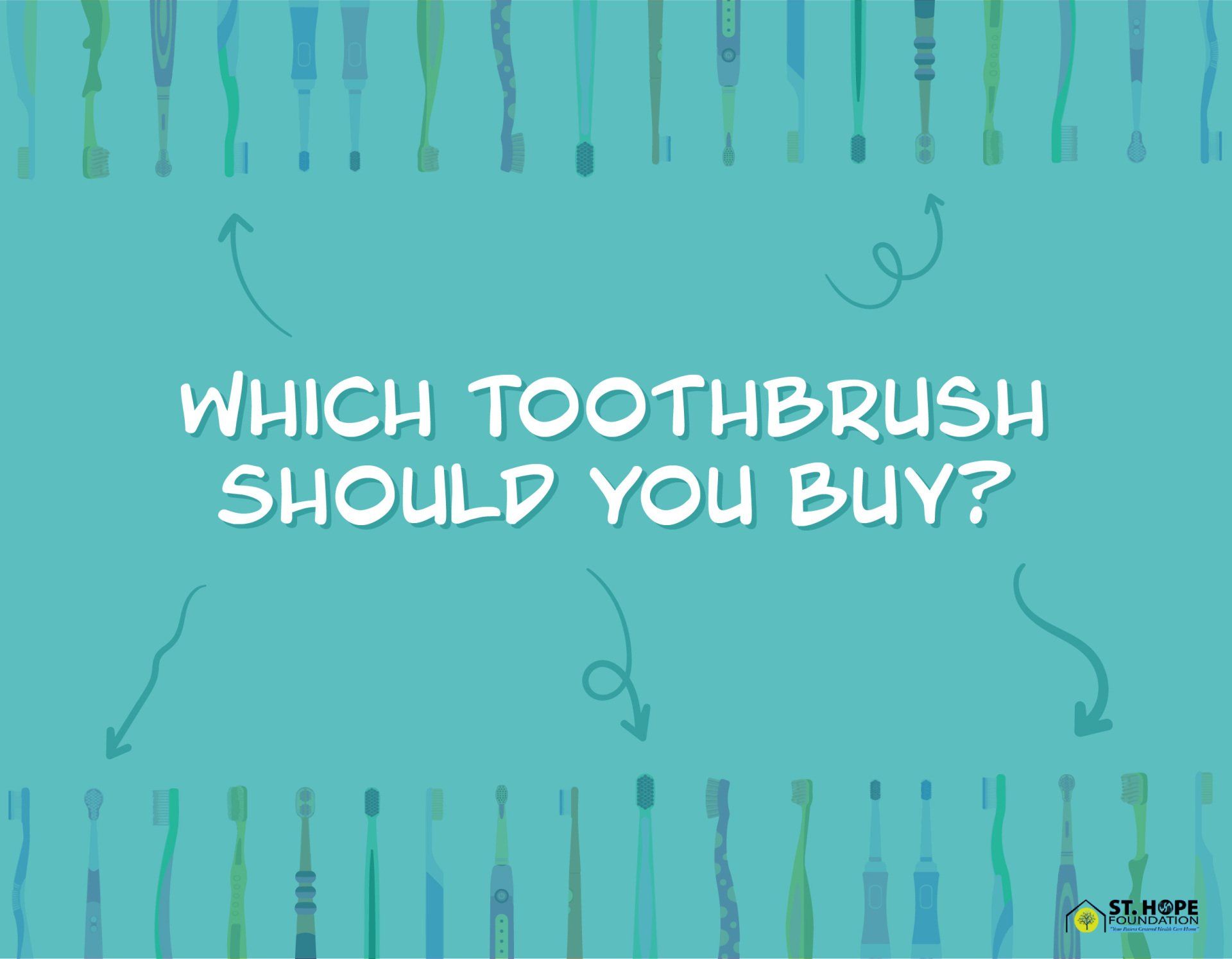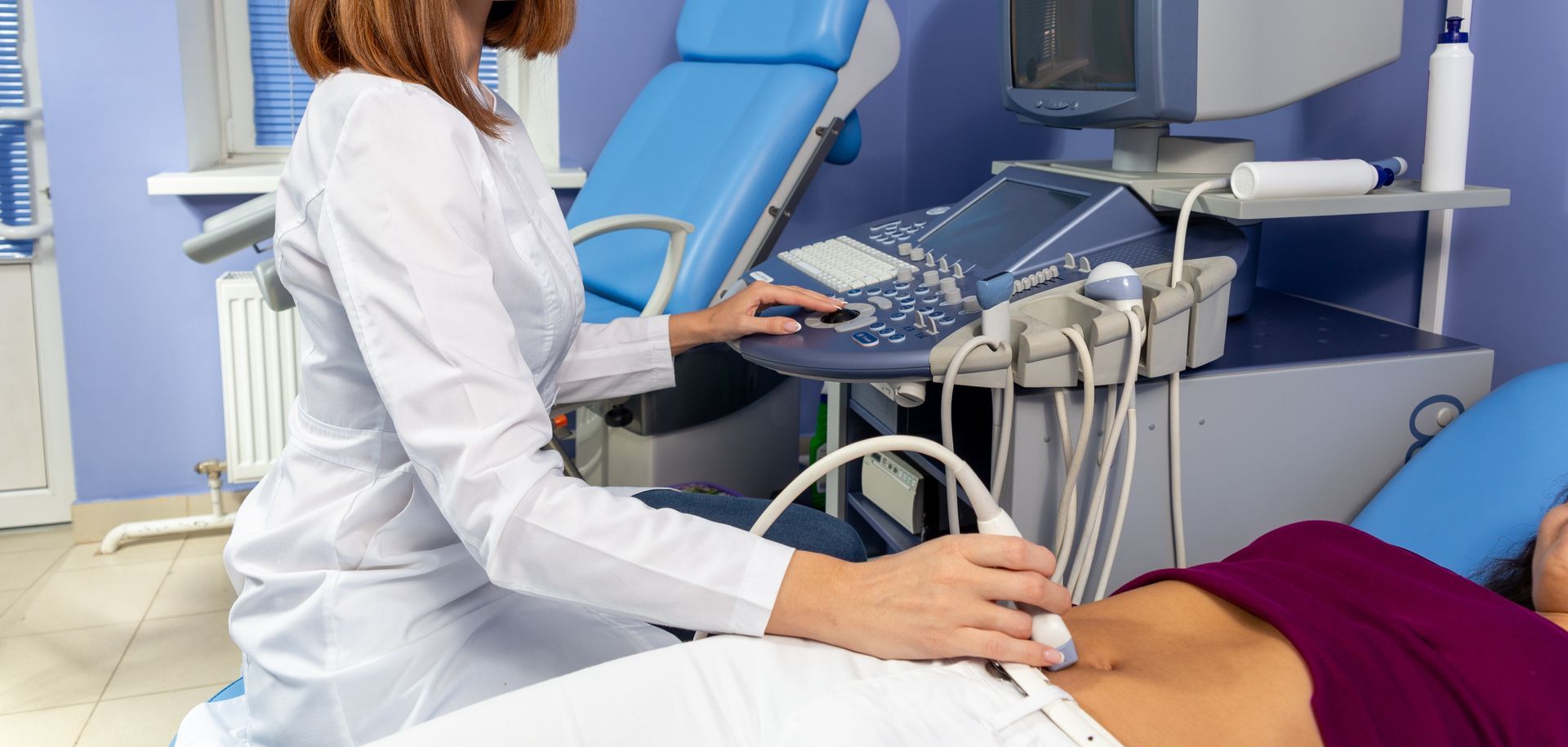Recent Posts
Which Toothbrush Should You Buy? Understand the Differences in Toothbrush Styles for your Teeth

Maintaining healthy teeth and gums is a fundamental component of personal hygiene. Bad oral health can not only affect your personal relationships and employability, but can also lead to several health issues, including gum disease, diabetes and cancer.
Brushing your teeth at least twice a day with a good toothbrush is crucial to keeping your teeth and gums healthy. But how do you know which toothbrush is best for you?
Most stores carry a plethora of oral care products, including dozens of toothbrushes that vary in bristle type, size and style. Learning how to choose the right toothbrush for your teeth will help you maintain good oral hygiene and a healthy smile.
What to Consider When Choosing a Toothbrush
There are a couple of important variables to consider when shopping for a toothbrush. Firstly, pay attention to the size of the toothbrush head. An ideal toothbrush head will easily reach every tooth and the back of your mouth.
Children’s toothbrushes are smaller for a reason. They need to fit in little mouths and little hands easily. Older children and adults should use regular toothbrushes, but make sure you don’t pick a brush that’s too big to reach your molars and wisdom teeth. For most people, a toothbrush head that is one inch tall and half an inch wide is the perfect fit.
Toothbrushes also come in a variety of bristle styles, ranging from soft to nylon hard. While brushes with medium and hard bristles are available for purchase, many dentists recommend patients use a soft-bristled toothbrush. Medium and hard bristles can damage your gums and enamel, especially if you tend to brush your teeth vigorously. People wearing braces or retainers should choose soft-bristled toothbrushes only.
A good toothbrush doesn’t have to cost a lot of money, but it’s best to avoid brushes that don’t have the American Dental Association (ADA) seal of acceptance. Toothbrushes that aren’t ADA approved may not be made from safe materials.
Are Electric Toothbrushes Better than Manual Toothbrushes?
Not necessarily. Both electric and manual toothbrushes can effectively clean your teeth. What’s more important is that you brush your teeth regularly with an ADA-approved brush to keep plaque build-up and gum disease at bay.
Some people experience better teeth cleaning results when using oscillating brushes instead of manual toothbrushes. Their heads are designed to easily adapt to the shape of your teeth and the rotating movement is intended to remove more plaque than a regular brushing motion.
What Is an End Tuft Toothbrush?
End tuft brushes can be used to complement your regular oral care routine. They are small toothbrushes with few bristles and can help to keep your teeth and gums clean. End tuft brushes allow you to get into areas that floss or a regular toothbrush cannot reach to remove food debris. Anyone can use an end tuft toothbrush, but they are especially recommended for people with moderate to severe gum recession, bridges, braces and implants.
How to Properly Care for Your Toothbrush
While your toothbrush plays a key role in keeping your teeth healthy, if you don’t take proper care of it, it can have the opposite effect.
Toothbrushes can easily harbor germs and bacteria, but there are steps you can take to keep your brush clean:
- Wash your hands with soap and warm water before brushing your teeth
- Never share your brush with others
- Thoroughly rinse your brush after using it to remove food debris and toothpaste
- Allow your brush to air dry instead of keeping it in a closed container
- Replace your toothbrush every three to four months
- Deep clean your brush with a toothbrush sterilizer
Keep a Healthy Smile with Affordable Dental Care in Houston
Home oral care, including brushing and flossing your teeth, is fundamental to a healthy smile. However, good at-home oral hygiene isn’t a replacement for regular professional dental cleanings and checkups.
St. Hope Foundation’s dentistry program offers a diverse range of affordable dental care services, including cleanings, extractions and fillings.
Schedule your appointment today by sending a message or calling (713) 778-1300.









